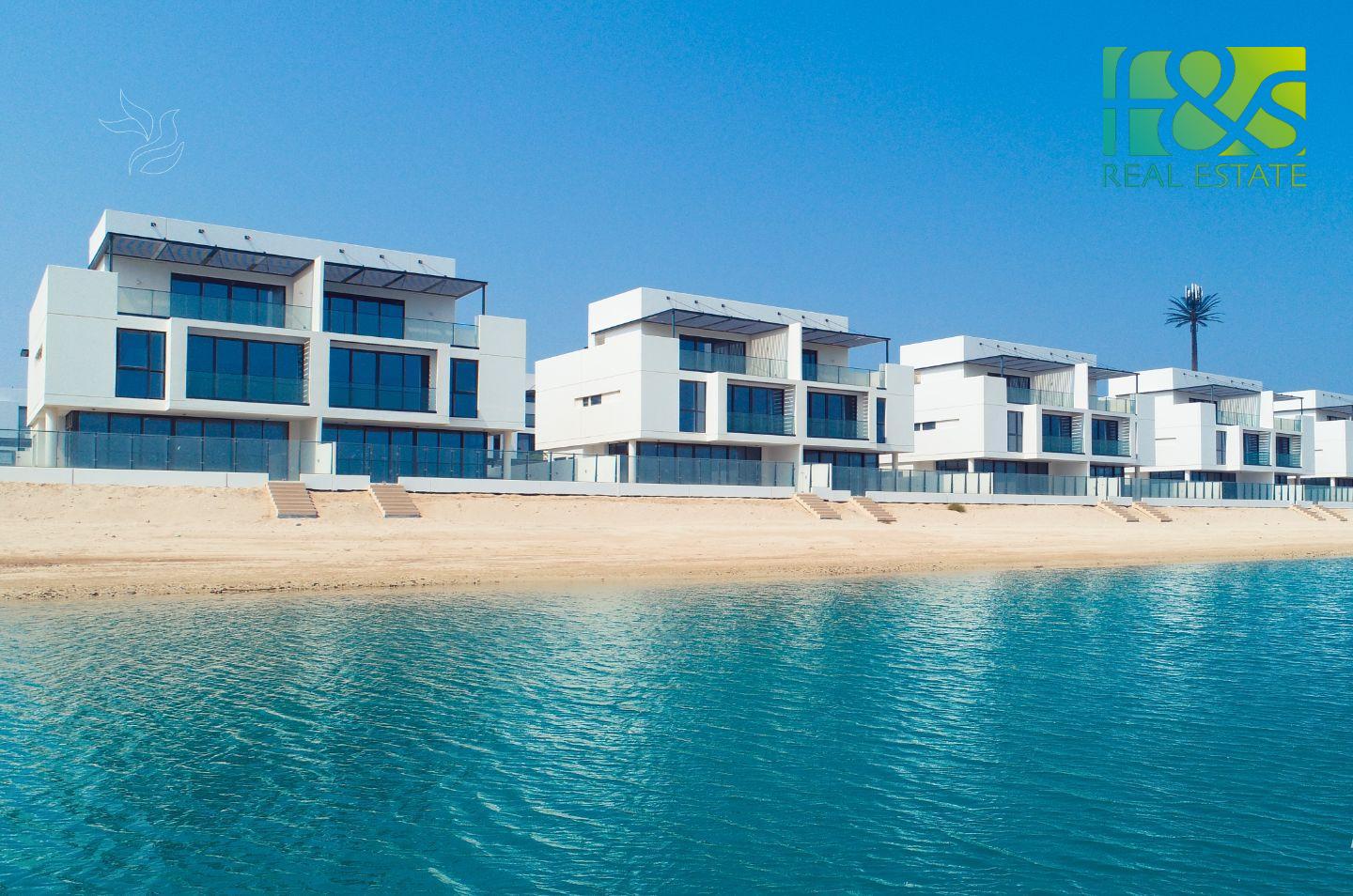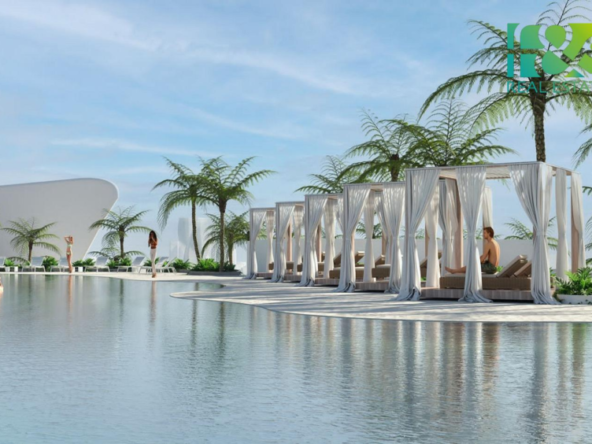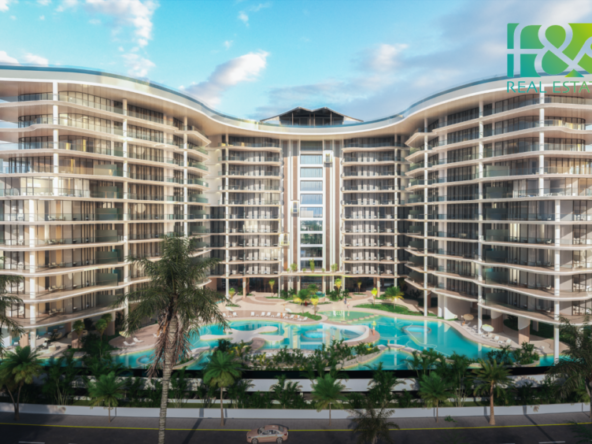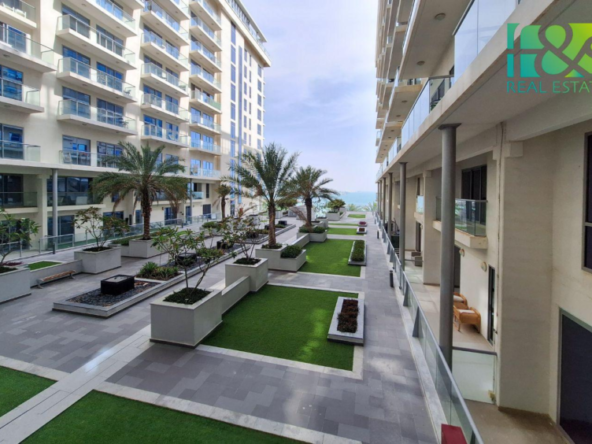Decorating a room is an exciting venture, transforming spaces into personalized havens. At the same time, it’s a trip where, and especially in connection with spending money. Room decoration can be quite expensive depending on the size of the room, how much redesign is planned for, the type of materials used, and whether or not you hire a designer/contractor to do the job. A well-planned budget is crucial in balancing your design dreams with financial practicality. This blog aims to provide valuable insights into estimating and setting a realistic budget for room decoration, helping you create a space that reflects your style without breaking the bank.
Understanding the Cost Factors
In the world of luxury interior design in Ras al Khaimah, several key factors significantly influence the cost of room decoration. The size of the room comes first in determining the total cost. The bigger a room is, the more cost it will attract since it requires many furnishings and additional materials. Additionally, the degree of complexity in the design is quite significant. A room requiring intricate detailing, custom-built elements, or specialized artisanal work will naturally incur higher expenses compared to a simpler design.
The quality of materials chosen also impacts the budget. High-end, luxury materials and finishes come with a premium, whereas more affordable options can help keep costs down while still achieving an elegant look. Additionally, labor costs vary depending on whether you hire professional designers and contractors or opt for DIY solutions. While DIY can reduce expenses, professional expertise often ensures a higher standard of finish and can be more cost-effective in the long run, particularly for complex projects. Balancing these factors is key to achieving a beautifully decorated room that aligns with your budget and design aspirations.
Setting Your Decorating Goals
In luxury interior design in Ras al Khaimah, setting clear decorating goals is pivotal in guiding your budget and project scope. Whether you’re aiming for a complete room makeover or simply refreshing the space, each objective carries different financial implications. A complete makeover involving extensive changes in layout, custom furniture, and high-end materials requires a substantial budget to match the scale and intricacy of the project. On the other hand, a refreshment might involve updating soft furnishings, adding new decor elements, or repainting, which can dramatically transform a space without a hefty price tag. Understanding and defining these goals at the outset will help in allocating resources efficiently, ensuring the final design aligns with both your vision and budget.
Estimating Costs: Furniture and Accessories
The costs associated with purchasing furniture, lighting, and accessories can vary greatly, forming a significant part of your decorating budget. Furniture of high quality, and mostly those in high-end interior design, are large investments and will range according to the materials and brands used in their construction as well as the craftsmanship involved. There is a variety of lighting fixtures ranging from low-priced commodity designs to high-end bespoke statement pieces.
Accessories, although smaller in scale, can accumulate in cost, especially when opting for designer or bespoke items. However, there are savvy ways to save money without compromising on style. Consider exploring second-hand stores or online marketplaces for unique furniture finds. These can often be upcycled or refurbished to suit your decor. Timing your purchases during sales or clearance events can also lead to significant savings, especially for high-ticket items. Another cost-effective strategy is to prioritize your spending, investing in key pieces that anchor the room while opting for more budget-friendly options for accent items and accessories.
Balancing Quality and Affordability
In luxury interior design in Ras al Khaimah, balancing quality and affordability is crucial. Investing in key pieces – like a statement sofa or a bespoke dining table – can elevate the entire space, making it worthwhile to allocate a larger portion of your budget here. These central pieces not only anchor the room’s aesthetic but also tend to endure through design trends and daily use. To balance the budget, economize on less critical items like accent decorations or transient trends. Opting for mid-range or budget-friendly options for accessories allows for flexibility and periodic updates without a significant financial commitment. This strategic allocation ensures a harmonious blend of luxury and affordability in your interior design.
Creating a Budget Plan
When planning an interior design project with F&S Real Estate, creating a detailed budget plan is essential. Begin by itemizing all expected expenses, including furniture, accessories, labor, and materials. Allocate funds for each category based on your decorating goals, ensuring a balance between high-priority items and areas where you can economize. It’s also crucial to set aside a contingency fund, typically around 10-20% of your total budget, to cover unexpected expenses or last-minute changes. This proactive approach not only helps in managing finances effectively throughout the project but also provides peace of mind, knowing you’re prepared for any unforeseen costs that may arise during the decoration process.
Conclusion:
F&S Real Estate emphasizes the importance of a well-planned interior design budget. It’s crucial to balance your desires with financial practicality. A carefully thought-out budget ensures that room decoration aligns with both your aesthetic vision and financial constraints. This balance is key to achieving the best outcome and transforming your space into a dream home.




